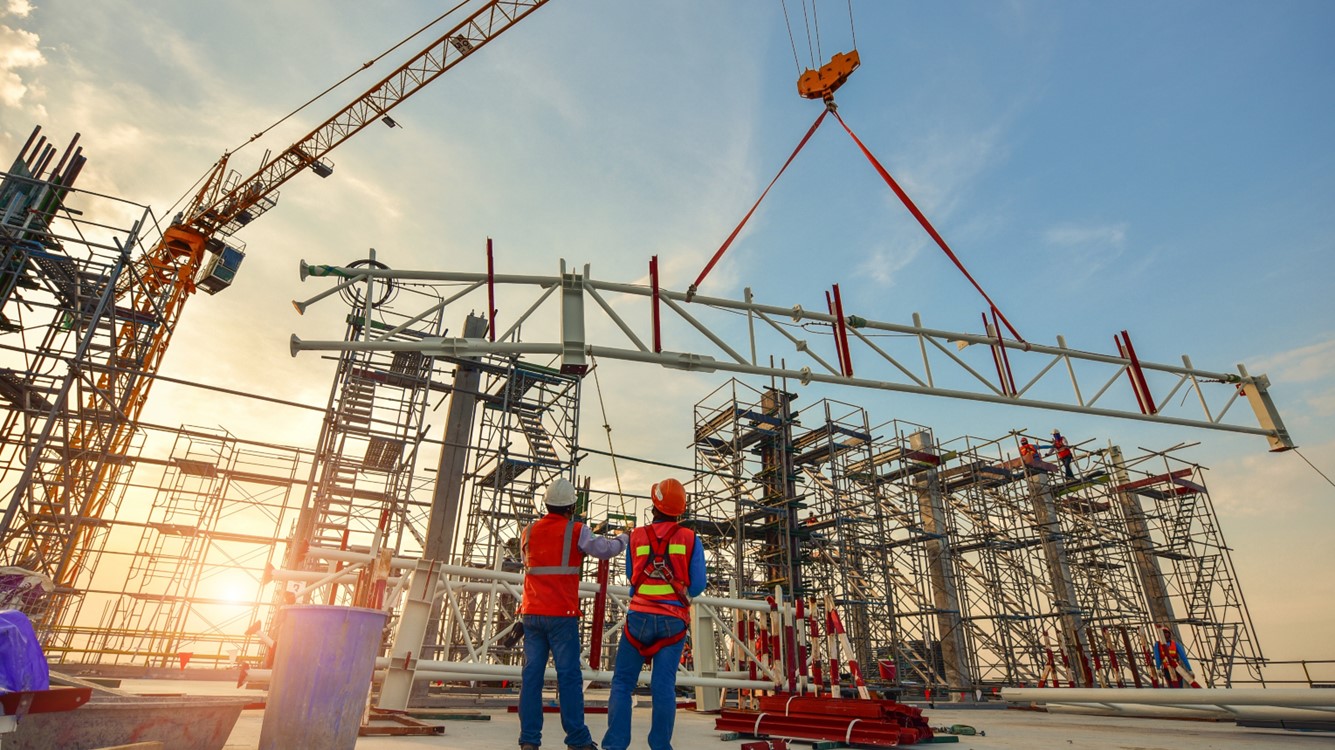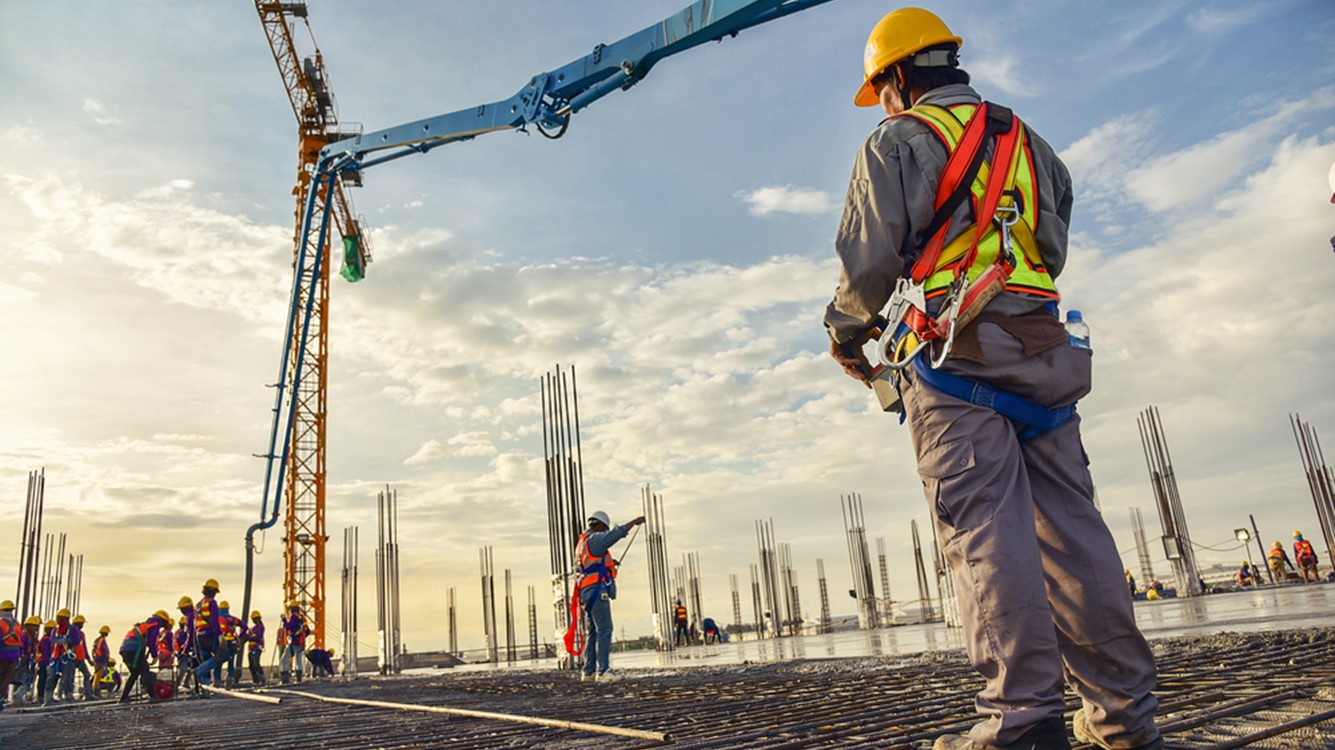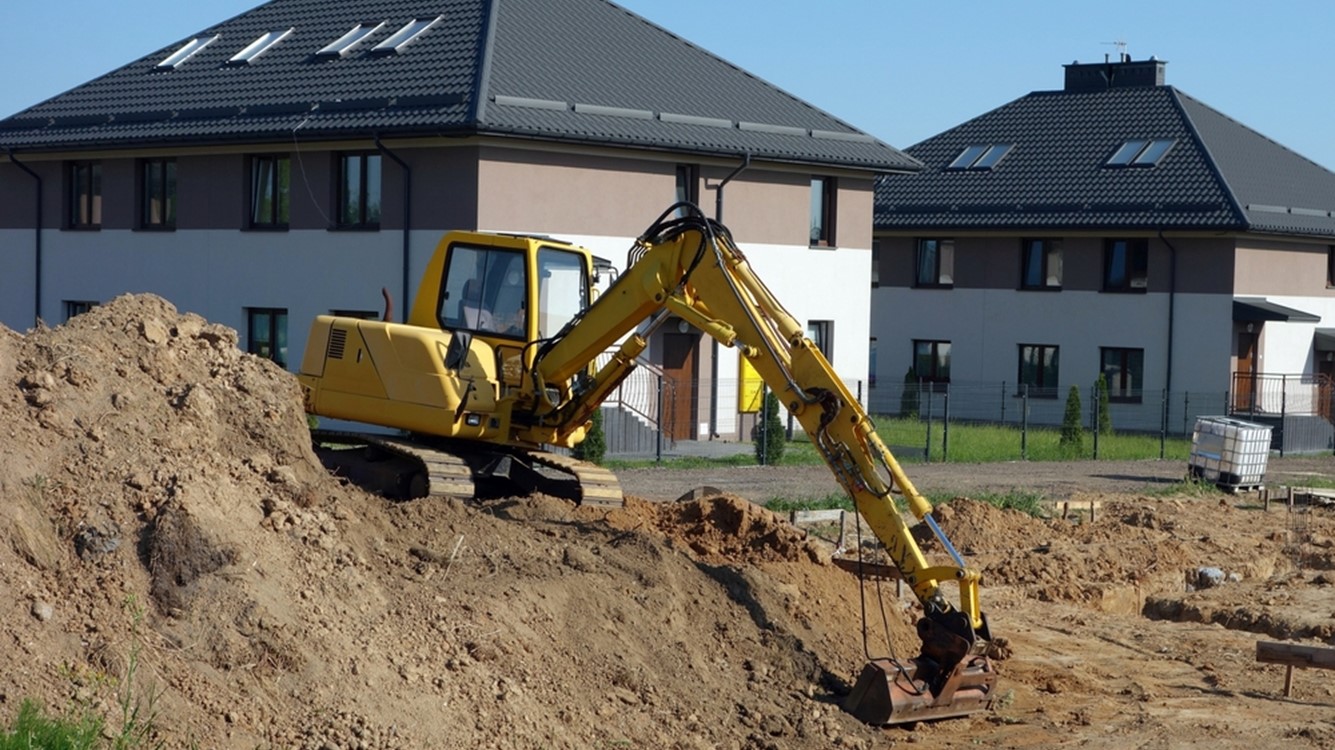Construction spending is slowing
Millennial demand will boost future construction.

July 8, 2024
Construction spending dipped 0.1% in May after 18 consecutive months of increases. Spending remains 6.4% higher than a year ago. A drag in private sector spending offset growth in public construction spending for the month. Input costs rose 2.4% compared to a year ago in May, while a shortage of construction workers and contractors remains the number one hurdle for builders.
The construction industry is still staffing up, with 27,000 more jobs created in June alone; there were 630,000 more jobs in June than there were in February 2020. Wages are 4.9% higher than a year ago for all construction workers, compared to 3.9% for the all-industry average. Even with the premium in wages compared to other industries, workers are hard to come by.
Private residential construction spending slumped 0.2% with single-family construction losses dragging on overall activity. Single-family construction is 13.8% above year-ago levels but that is due to the significant amount of new homes being completed; starts are down 5.4% in the month and 1.7% from a year ago. The “higher for longer” interest rate environment is weighing on demand and further crimping builder margins.
Multifamily construction was flat in May but 4.6% lower than a year ago. New multifamily construction has been slowing since late 2022 as builders work through the backlog of almost one million units, a record high going back to the 1970s. As more residential projects are being completed, the pipeline of new projects is thinning, as evidenced by the smaller number of permits for multifamily homes.
Private nonresidential construction spending dropped 0.3% in May with broad-based losses across all categories except for transportation, communication and manufacturing infrastructure. Manufacturing now makes up almost a third of private nonresidential construction spending, as opposed to the 15% average in the 2010s. Spending on computer, electronic and electrical manufacturing (chip plants) is ten times higher than the pre-pandemic trend. The hockey stick-shaped growth trend is expected to continue as funding from federal programs stimulates private investment.
Public construction spending jumped 0.5% in May and was 9.7% higher than a year ago. Almost all categories posted gains. The bulk of spending occurs at the state and local government levels, which have been flush with cash in recent years. Revenues have begun to slow, which signals a slower spending pace in fiscal 2025. Spending on power infrastructure, which is critical at a time when generative AI is pushing the limits of our electric grids, has already doubled since 2022 and is expected to continue to grow. The ramp-up in renewable energy has been one of the most rapid adoptions of new technology ever.
Data center and chip plant construction is providing a floor under activity.
Yelena Maleyev, KPMG Senior Economist
Bottom Line
Construction spending is slowing but strength in infrastructure, data center and chip plant construction is providing a floor under activity. Pent-up demand from millennials should help boost residential construction activity once interest rates tick lower later this year.
Explore more

Public sector spending eases
Uncertainty over future federal budgets, supply chain concerns, labor shortages and a still-high interest rate environment could mute construction activity.

KPMG Economics
A source for unbiased economic intelligence to help improve strategic decision-making.

Higher rates hit builder margins
Builders are still seeing strong present sales, but their expectations for the future have turned down.
Subscribe to insights from KPMG Economics
KPMG Economics distributes a wide selection of insight and analysis to help businesses make informed decisions.
Meet our team

